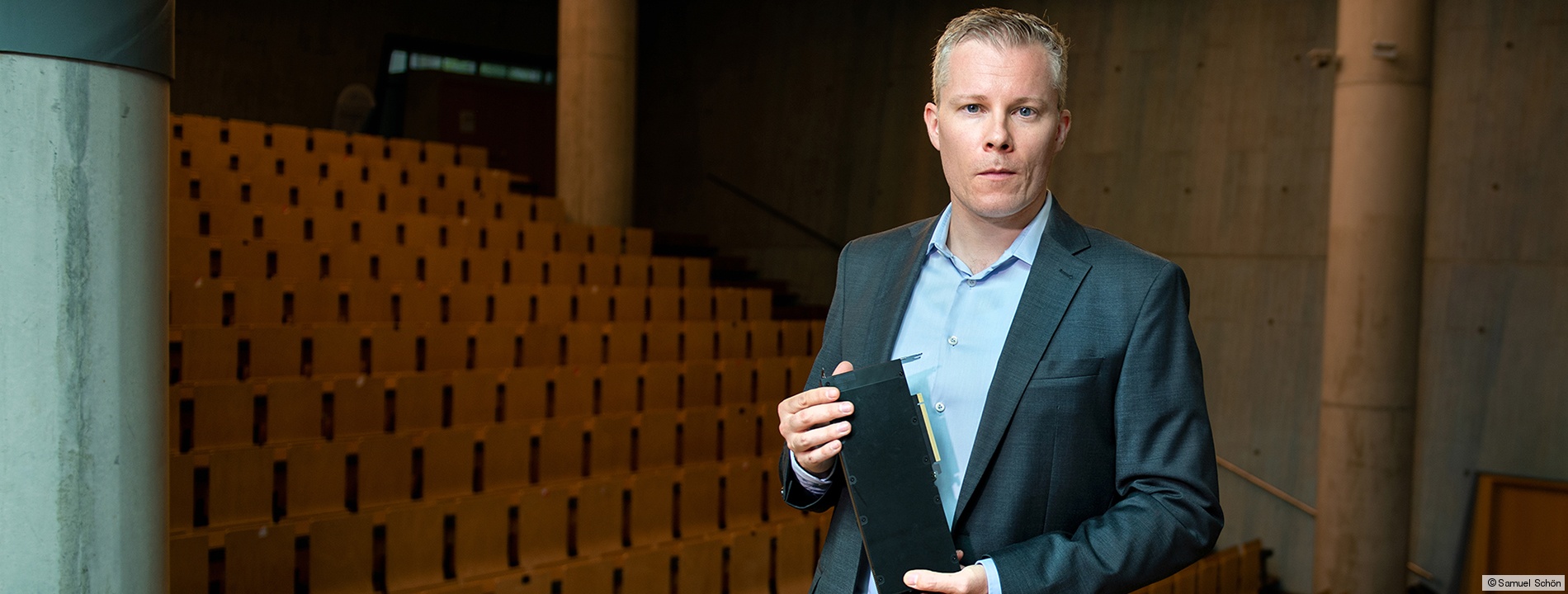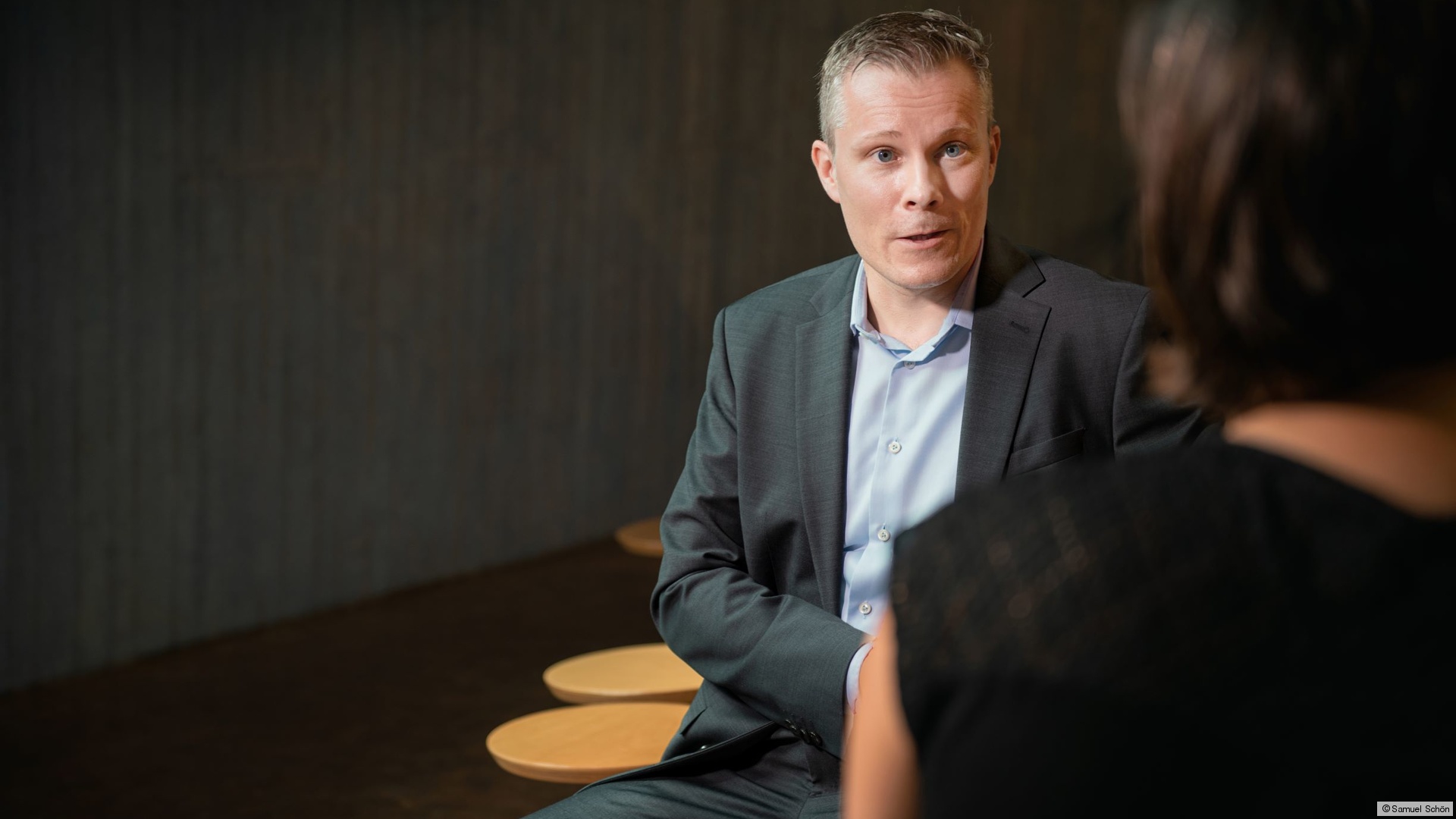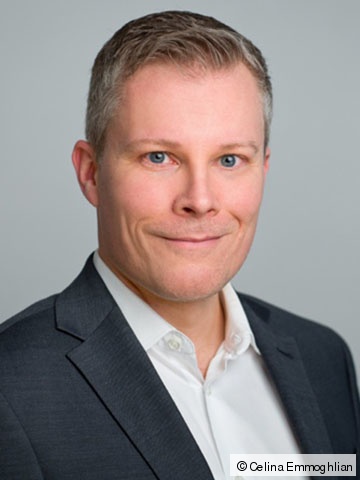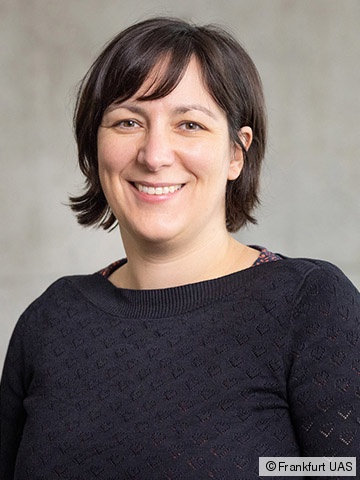The Innovation Project
As part of his innovation professorship, Prof. Dr. Simon would like to develop new tools to be able to identify and quantify climate risks in investment and credit portfolios. At present, the model calculations are associated with an enormous computational effort and are correspondingly expensive, which prevents them from being used in practice. His goal is to research AI-based approaches that can significantly reduce resource requirements. To this end, he is planning the following measures, among others:
- Development and validation of algorithms on the university's own infrastructure for AI research
- Pilot phase and decentralized use of the resulting solution at the corporate partners
The innovation project is carried out in cooperation with Prof. Dr. Jörg Schäfer (faculty 2), Prof. Dr. Heikki Haario, Prof. Dr. Lassi Roininen (both LUT, Finland) and the industrial partners GLS Bank and right. based on science.
In Conversation with Prof. Dr. Martin Simon
Mr. Simon, what do you do in your innovation professorship?
My research is about climate change. Far too large amounts of CO2 and other climate-damaging gases are still being emitted worldwide. The European Commission has identified the financial industry as a player with unique leverage to counteract this. The background is that banks and asset managers manage enormous assets. The transformation made necessary by climate change can only be financed through targeted investments of these assets in companies whose actions are compatible with the goals of the Paris climate agreement. However, identifying these companies is a major challenge. In particular, the question of suitable metrics to measure this compatibility arises. The aim is to create comparability: For example, the emissions of a car company are naturally higher than those of an IT company - but that says nothing about how far away the respective company is from the Paris climate target. The Frankfurt climate data & software provider right. based on science has developed such a metric, the result of which is a temperature in degrees Celsius. This figure shows the average temperature increase in 2050 if global industry were to generate emissions at the same rate as the company or portfolio under study. A complex physical climate model is used to determine this number of degrees. Calculating this physical climate model for many thousands of possible future scenarios in order to take into account the inherent uncertainty is conceptually the right way, but it takes too much computing time and is therefore expensive for practical use in industry. This is where my innovation project comes in. With the help of neural networks, we want to accelerate the calculations and thus reduce costs.
You brought a graphics card as a symbol for your innovation project. Why?
Well, to achieve this acceleration, we need to "train" the neural networks. This training process is so complex that special hardware such as this accelerator card is used for it. A grant of over one million euros has just been raised at the university to build a cluster of many such cards. We will use this hardware to develop a powerful, cost-efficient control tool for banks and asset managers together with the practice partners involved.
What good contribution can the project make to society?
Climate change is the challenge of our time and the 1.5 degree window is closing fast. My project provides transparent control tools so that the financial industry can invest in a targeted manner, control climate risks and fulfill their social responsibility.
How big is the industry's interest in such a tool?
There is a great deal of interest, of course also because it is being promoted by regulation. The topic is no longer just optional, but increasingly mandatory. You also need to remember that climate risks are financial risks. It is therefore in the prime interest of the financial industry to measure and control these risks.
What does the project mean to you personally?
This is the contribution I can make as a scientist to mitigating climate change. I also see it as an obligation to my children to do this. I am very grateful that the university supports me in this commitment.
Thank you for the interview!




